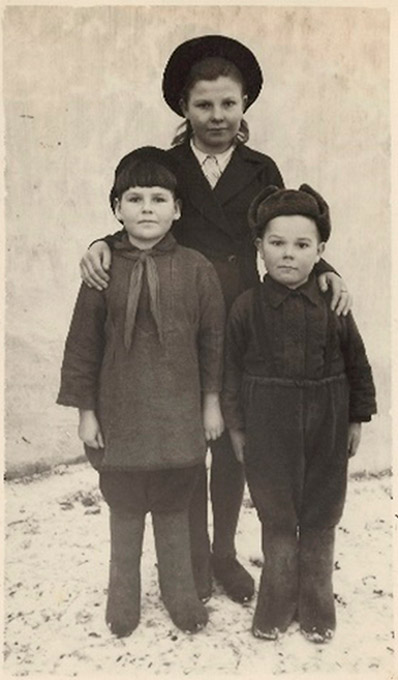Archival evidence of the fates of prisoners: a Belarusian-Tatarstan project for the Day of Remembrance
April 11, 2025, on the International Day of Liberation of Prisoners of Fascist Concentration Camps, the National Archives of the Republic of Belarus and the State Archives of the Republic of Tatarstan present, as part of the project «Day in History», unique documents from their collections that reveal the tragedy of the civilian population during the war.
Evidence from Tatarstan: the story of one fate
The Archives Department of the Zainsky District of the Republic of Tatarstan has preserved the memories of a young prisoner of the concentration camp Popova (Kyalina) Galina Grigoryevna (born in 1931):
«We were unable to escape. The enemy caught up with us. Then people – children, adults, old people, were loaded into freight cars like cattle. They filled the trains to capacity. Then everyone was taken back to Karelia to the city of Petrozavodsk, where a concentration camp was organized. Life in the camp was unbearable – the conditions were inhumane…
In 1944, prisoners from concentration camps were loaded into cars and taken to an unknown destination. At the time, everyone thought they were being taken to be killed. Everyone was waiting for where and how death would come. Maybe they would be thrown off this steep cliff. And they would crash into the rocks. But they passed the cliff. So, they would be finished off in the forest. They would be shot. Imagine the surprise of the people when the Finns brought everyone to an empty village and let them go. After a while, Soviet troops came here, sharing food». Personal collection #203 contains a family photo from December 1948 (Galina Grigoryevna herself, her sister and her brother after liberation).
Documents from Belarus
The National Archives of the Republic of Belarus supplements this story with materials about the key publications of the archive, about archival collections and documents.
For the memorable date, the archive prepared a special multimedia presentation, which included digital copies of documents: diagrams, photographs from the sites of mass destruction.
You can view the materials and presentation at the link.
 |
| 1. Photograph of G.G.Popova with relatives (from left to right: Valentina Grigoryevna Ivanova (G.G. Popova’s sister), Galina Grigoryevna Popova, Boris Grigorievich Kyalin (G.G. Popova’s brother), December 1948 (fund No.203, inventory No.2, d. 2, d. 4.) |

